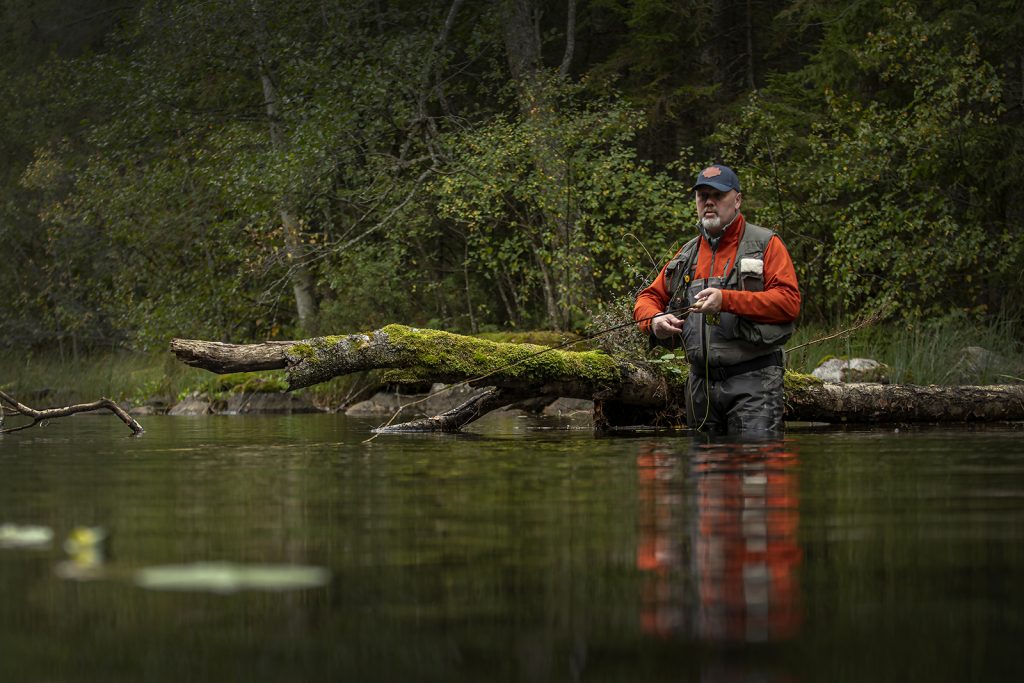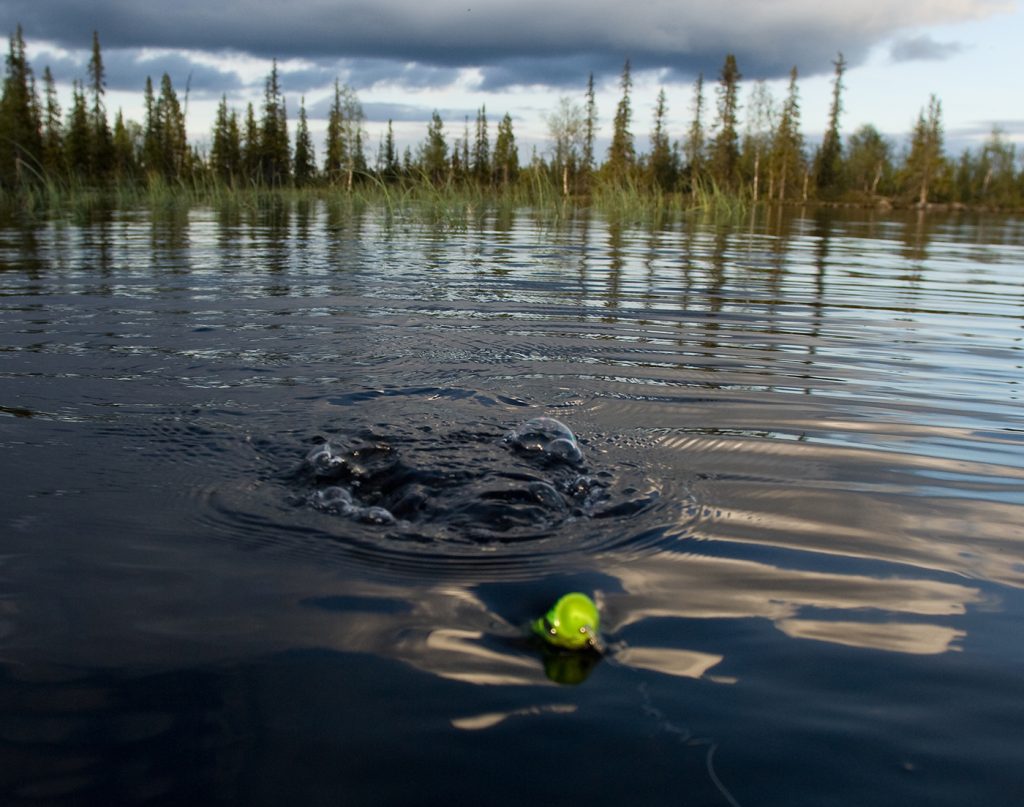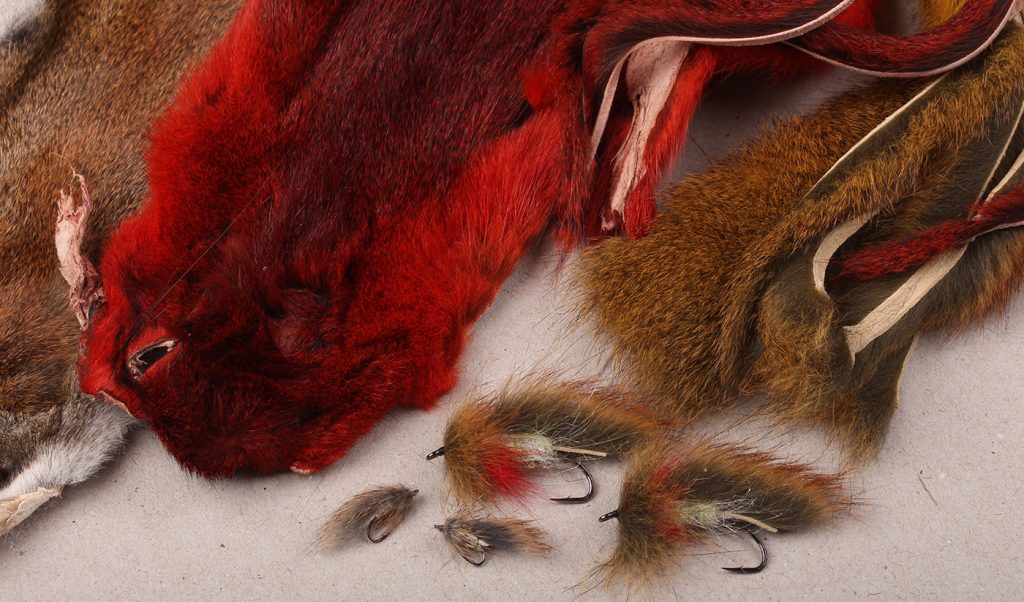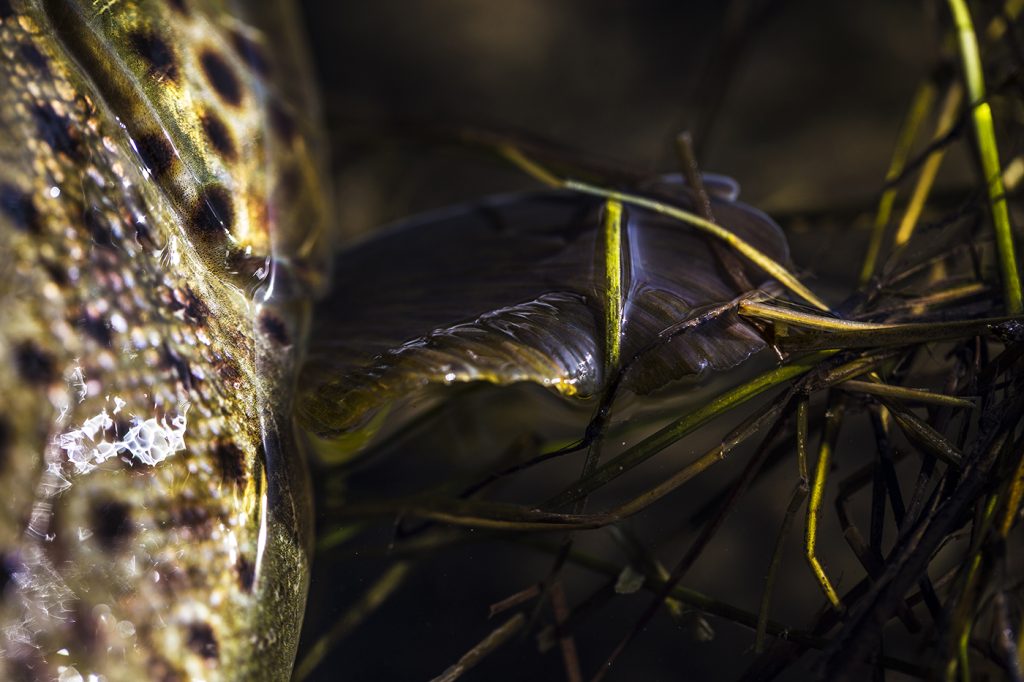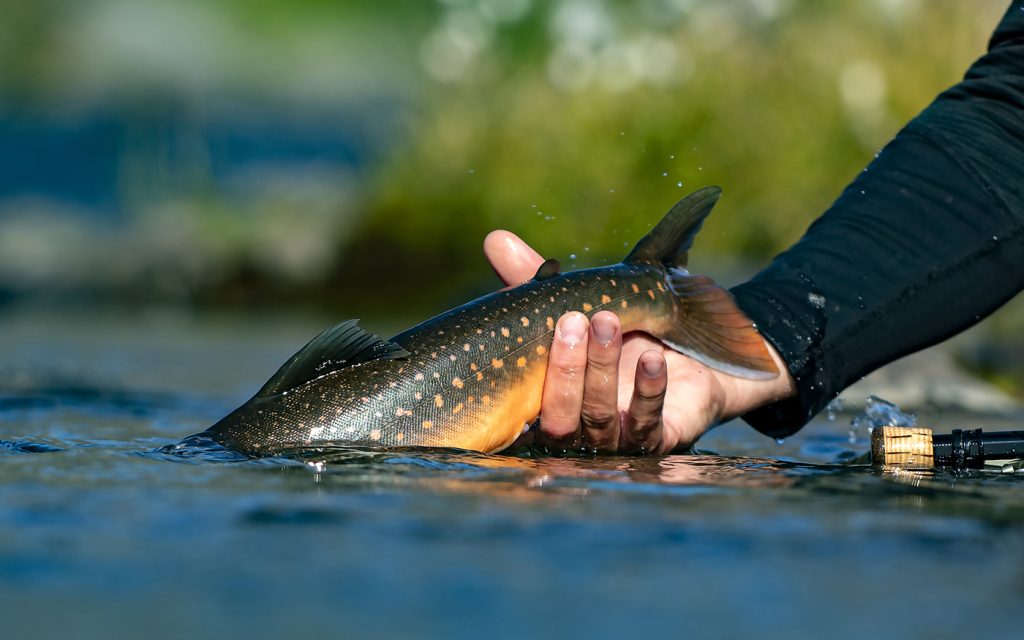
Photo: Matt Gymon / Freestone River Photography.
I’m sure there’s some truth behind that – to an extent, because it’s certainly far from impossible to catch big fish on small flies. However, this is about big flies and there can be little doubt that big, predatory fish mainly feed to bigger prey, mostly smaller fish. A dense hatch of bugs will bring any trout up, but a bif fly will tempt them consistently, all year round.
Continue reading “Big flies – big fish?”
